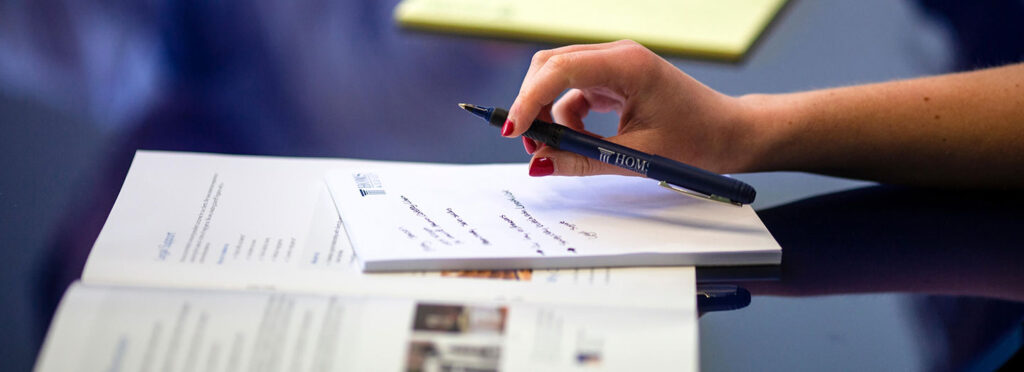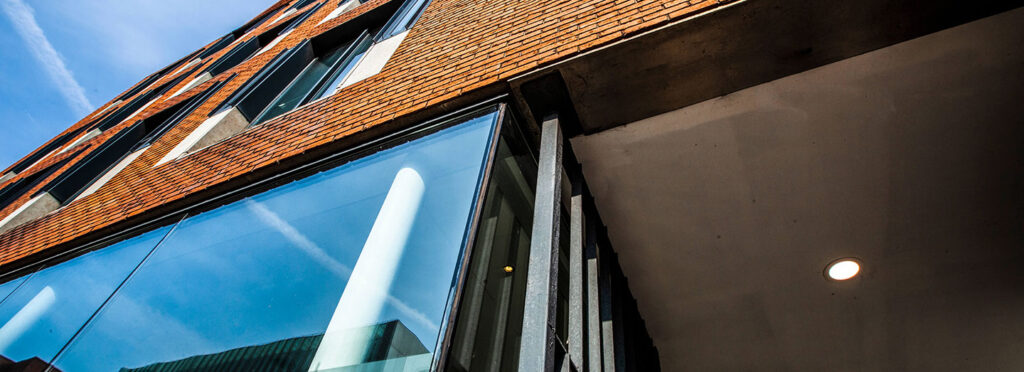The majority of claims do not commence in court. Typically, they must begin with the Injuries Board, including cases involving medical negligence cases, but excluding certain assault cases, and instances where the injury is entirely psychological. Many individuals seeking compensation through the Injuries Board enlist the assistance of a solicitor. This ensures a smooth process, from the collection of documents, medical reports, and evidence, to the submission of the application and consideration of the Injuries Board’s compensation recommendation.
If you’ve been in an accident, the Injuries Board claims process typically involves the following steps:
Understanding Personal Injury Claims
Personal injury claims arise when an individual suffers harm or injury due to the negligence or wrongdoing of another party. These claims can result from various incidents, such as accidents, medical malpractice, or product liability. The goal of a personal injury claim is to seek compensation for the harm or injury sustained, which can include damages for pain and suffering, medical expenses, lost wages, and other related costs.
In Ireland, personal injury claims are typically handled by the Personal Injuries Assessment Board (PIAB), an independent statutory body responsible for assessing and authorising personal injury claims. The PIAB uses the Personal Injuries Guidelines to assess the level of damages for personal injury claims. This ensures a standardized approach to evaluating claims, providing a fair and transparent process for all parties involved.
1. Speak with a solicitor:
To initiate the process, you’ll need to furnish your solicitor with the following details:
- A comprehensive account of the accident and its circumstances.
- Photographs depicting the accident scene to illustrate its occurrence.
- Specific date and time of the accident.
- Information regarding any CCTV cameras operating at the accident site. Your solicitor can request footage from the CCTV owner.
- Witness information – if any individuals witnessed the accident.
- Medical reports – if available, or your solicitor can obtain them from your physician.
- Loss of earnings details – the amount of wages lost due to the accident.
- Medical history particulars – any pre-existing medical conditions before the accident.
- Details of past personal injury claims, if any.
- Accurate identification of the party at fault for the accident.
- A breakdown of expenses incurred due to the accident (e.g., medical expenses, travel costs, home care expenses, or any other related costs).
Our objective is to offer transparent and impartial legal advice, striving to achieve the best possible outcomes for our clients.
The Role of the Personal Injuries Assessment Board (PIAB)
The Personal Injuries Assessment Board (PIAB), now The Personal Injury Resolution Board (PIRB), plays a crucial role in the personal injury claims process in Ireland. The PIAB is responsible for assessing and authorizing personal injury claims, with the goal of providing a fair and efficient resolution to claimants. The PIAB uses the Personal Injuries Guidelines to assess the level of damages for personal injury claims.
The PIAB’s role includes:
- Assessing personal injury claims and determining the level of damages.
- Authorisng personal injury claims and making awards to claimants.
- Providing a fair and efficient resolution to claimants.
- Reducing the need for litigation and associated costs.
By streamlining the assessment process, the PIAB helps to ensure that claimants receive timely compensation without the need for lengthy and costly court proceedings. This not only benefits the claimants but also contributes to the overall efficiency of the legal system.
2. Solicitor obtains a medical report
One of the critical documents in your case is a medical report. Your solicitor will request information about your doctor or hospital to obtain a report on your injuries. This report will play a pivotal role in advancing your case.
These medical reports are essential in determining the appropriate personal injury compensation for your case.
Medical Care and Rehabilitation
Types of Damages
In personal injury claims, there are two main types of damages: general damages and special damages.
General damages refer to the amount awarded for pain and suffering, as well as any emotional or psychological harm resulting from the injury. The Personal Injuries Guidelines provide a framework for assessing general damages, taking into account the severity and duration of the injury, as well as its impact on the claimant’s daily life.
Special damages, on the other hand, refer to specific costs incurred as a result of the injury, such as medical expenses, lost wages, or travel costs. These damages are typically calculated based on actual expenses incurred by the claimant. By distinguishing between general and special damages, the claims process ensures that all aspects of the claimant’s suffering and financial losses are adequately addressed.
3. Solicitor prepares the Personal Injuries Assessment Board application
Once your solicitor has collected all the necessary information, they will fill out and submit the Injuries Board application form (Injuries Board Form A) on your behalf. Upon submission, the Personal Injuries Assessment Board will acknowledge receipt and inform the liable party of your claim. At this stage, a copy of the application form and medical report will also be provided to the liable party. Upon submission, the two-year time limit for your claim will be paused while it undergoes assessment. The PIAB’s assessments are crucial in determining personal injuries awards, which are legally binding and based on the new guidelines.
4. Assessment & Offer under new personal injury guidelines
-
Injury Claim Assessment
During the assessment of your claim, the Injuries Board will review past personal injury cases and injuries similar to yours. They use the “Judicial Guidelines” as a reference, which documents previous personal injury cases, specific injuries, and the corresponding compensation amounts awarded.
-
Consideration of Injuries Board Offer
After reviewing your claim, the Injuries Board will communicate with you, proposing a compensation amount. This sum would be paid to you by the liable party. Subsequently, you’ll need to contemplate whether to accept this offer or not. While your solicitor can offer guidance on the most suitable course of action, the ultimate decision to accept or reject the initial offer rests with you.
-
Possible Outcomes
At this stage, two potential outcomes are possible:
a. Both you and the party at fault agree to the settlement amount proposed by the Injuries Board. Subsequently, the party at fault would be instructed to pay this agreed-upon amount to you.
b. If either you or the party at fault declines the proposed settlement amount, you would proceed to initiate court proceedings against the responsible party for your accident or injury.
-
Time Limit to Accept or Reject the Award
Once a suggested award is received, the plaintiff has 28 days to either accept or reject the offer. On the other hand, the defendant has 21 days to accept or reject the offer made by the Injuries Board. It’s crucial to note that if the plaintiff fails to respond to the offer within 28 days, the Injuries Board will automatically consider it rejected.
Effect of Accepting the Award
If both parties agree to the award proposed by the Injuries Board, the Injuries Board will issue an order directing the person at fault to pay the settlement amount. Once the payment is made and received, the case is considered settled, constituting a full and final resolution. Consequently, the individual making the claim cannot subsequently seek additional compensation at a later date.
Effect of Rejecting the Award
If either party involved rejects the settlement proposed by the Injuries Board, the case will proceed to the next stage of the process, which involves initiating legal proceedings to bring the case before a judge for a decision. At this juncture, you will collaborate with your solicitor, who will take the necessary steps to commence legal proceedings and advance the case further.
4. Settlement Outside Of Court
The majority of personal injury cases are resolved outside of the courtroom. In fact, if your case progresses beyond the Injuries Board stage to legal proceedings, it’s likely that you won’t need to physically appear in court.
Before any court hearing, settlement meetings may be arranged. During these meetings, you, along with your legal team – including your solicitor and barrister – will engage in discussions with the other party. Throughout this process, your legal representatives will keep you informed of the progress and any updated settlement offers. If an acceptable conclusion is reached during these meetings, your case will be settled in full and final agreement then and there.
However, if settlement talks do not yield a satisfactory resolution, your case will proceed to a court hearing. At this stage, a judge will make the final decision regarding your case under the new Personal Injuries Guidelines.
5. Court Hearing
The prospect of going to court can be daunting for many individuals, but it’s important to note that very few personal injury claims actually proceed to a full court hearing. If your case does end up in court, your solicitor will make every effort to alleviate your concerns and guide you through the entire process until its resolution. Their expertise and support will help navigate you through the experience and ensure that your case reaches its conclusion smoothly.
6. Costs and Fees
In personal injury claims, costs and fees can be a significant concern for claimants. The Personal Injuries Assessment Board (PIAB) is responsible for assessing and authorising personal injury claims, and the costs associated with this process are typically borne by the respondent (the party responsible for the injury).
In some cases, claimants may be required to pay costs and fees associated with the claims process, such as medical expenses. However, the PIAB’s assessment and authorisation process is designed to minimise costs and ensure a fair and efficient resolution to claimants. This approach helps to alleviate the financial burden on claimants, allowing them to focus on their recovery and well-being.
Recent Developments and Reforms
In recent years, there have been significant developments and reforms in the area of personal injury claims in Ireland. The Personal Injuries Resolution Board Bill 2022, for example, aims to enhance and reform the Personal Injuries Assessment Board (PIAB) and reduce the expense and time associated with personal injuries litigation.
The Supreme Court’s decision in the Delaney case has also provided welcome clarity on the Personal Injuries Guidelines, confirming that they are legally binding and remain in force. This decision is expected to help implement the government’s insurance reform action plan and bring stability to the personal injuries claims environment.
Additionally, the Judicial Council Act 2019 has given the Judicial Council certain powers, including the adoption of guidelines concerning sentencing and personal injuries. The Personal Injuries Guidelines, introduced in March 2021, provide a framework for assessing personal injury claims and have seen awards for pain and suffering reduced by up to 40%. These reforms are aimed at creating a more predictable and fair system for all parties involved in personal injury claims.


